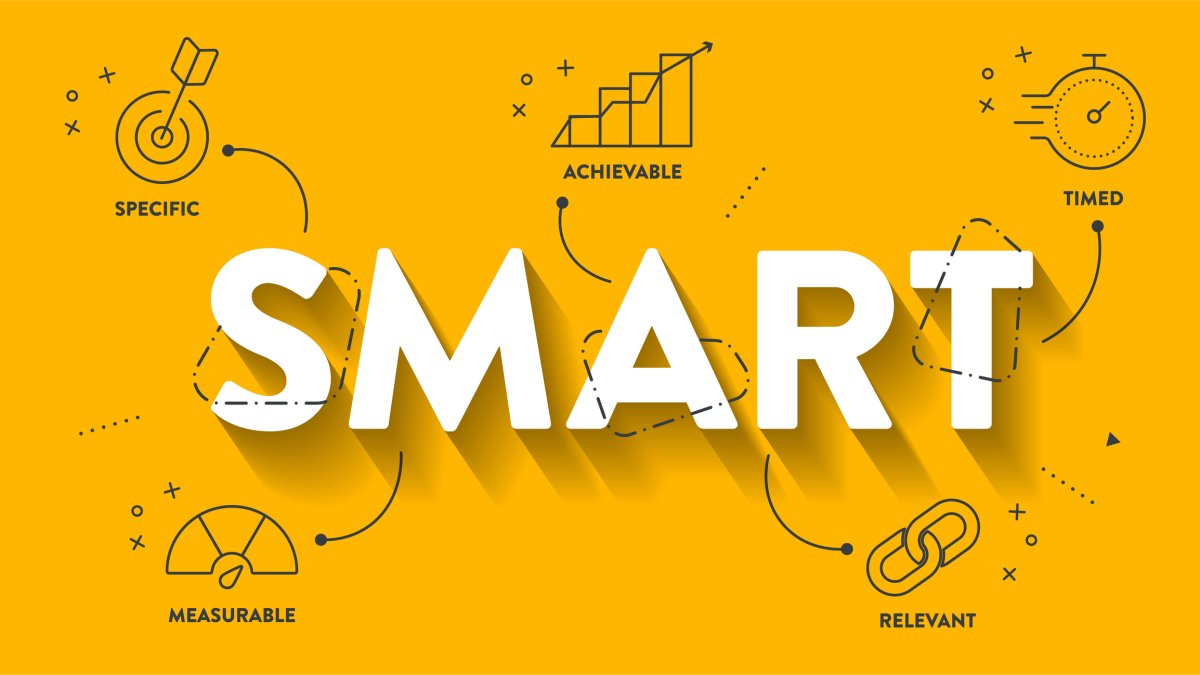Smart Home Automation for Sustainable Living is rapidly transforming how we interact with our homes and the environment. This convergence of technology and eco-consciousness offers a pathway to a greener future, promising to reduce our environmental footprint while enhancing our daily lives. By seamlessly integrating smart devices, we can optimize energy and water consumption, minimize waste, and improve indoor air quality, all contributing to a more sustainable lifestyle.
This exploration delves into the core principles of smart home automation and sustainable living, examining how these concepts intertwine to create a harmonious and efficient living environment. We will explore various applications, from energy-saving smart thermostats and lighting systems to water-conserving irrigation and leak detection technologies. Furthermore, we’ll investigate the integration of smart home systems with renewable energy sources, waste reduction strategies, and advancements in indoor air quality management. Through real-world examples and future trends, we aim to provide a comprehensive understanding of how smart home technology can empower us to live more sustainably.
Smart home automation significantly contributes to sustainable living by optimizing energy consumption and reducing waste. This efficiency is further enhanced by exploring the advancements in Smart Home Tech for Seamless Connectivity , which facilitates interconnected devices. Ultimately, the seamless integration of these technologies allows for more informed decisions, fostering a greener and more sustainable lifestyle through smart home automation.
Introduction: Defining Smart Home Automation and Sustainable Living: Smart Home Automation For Sustainable Living
Smart home automation and sustainable living are two concepts that are increasingly intertwined, offering the potential to transform how we live and interact with our environment. This article explores the intersection of these two fields, highlighting how smart home technologies can contribute to a more sustainable and environmentally conscious lifestyle.
Smart home automation significantly enhances sustainable living by optimizing energy usage and reducing waste. This concept beautifully aligns with the aesthetic of minimalism often found in Scandinavian design. Integrating smart technology, such as automated lighting and climate control, can further enhance the clean lines and functionality, mirroring the principles discussed in detail at Smart Decor to Complement Scandinavian Design.
Ultimately, smart home technology contributes to a more eco-conscious and stylish lifestyle.
Defining Smart Home Automation
Smart home automation involves integrating technology into the home to control and automate various functions, such as lighting, heating, security, and appliances. This integration often involves the use of interconnected devices, sensors, and a central control system, typically accessed via a smartphone or voice commands. The core concept revolves around enhancing convenience, efficiency, and security while providing homeowners with greater control over their living environment.
Defining Sustainable Living

Source: ieeeusa.org
Sustainable living is a lifestyle that aims to reduce an individual’s or community’s environmental impact. It emphasizes minimizing the consumption of natural resources, reducing waste, and promoting practices that protect and preserve the planet’s ecosystems. The main principles of sustainable living include energy conservation, water conservation, waste reduction, and the use of renewable resources.
The Intersection of Smart Home Automation and Sustainable Living, Smart Home Automation for Sustainable Living
The intersection of smart home automation and sustainable living is a synergistic relationship. Smart home technologies provide the tools to implement sustainable practices more effectively. By automating and optimizing energy and water usage, reducing waste, and integrating renewable energy sources, smart homes can significantly lower environmental footprints. This combination not only benefits the environment but also offers cost savings and enhances the overall quality of life.